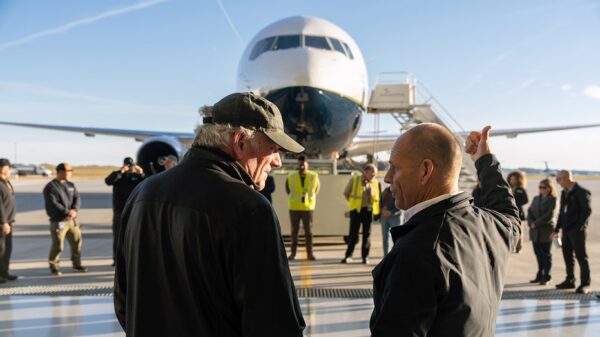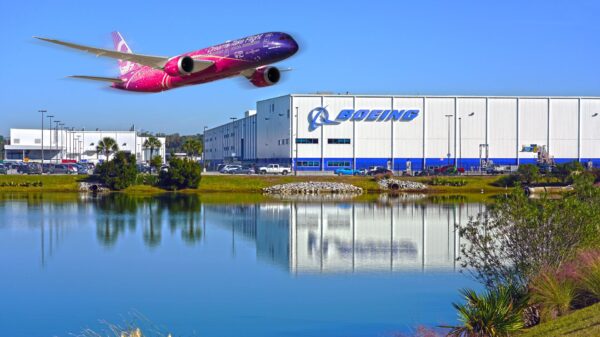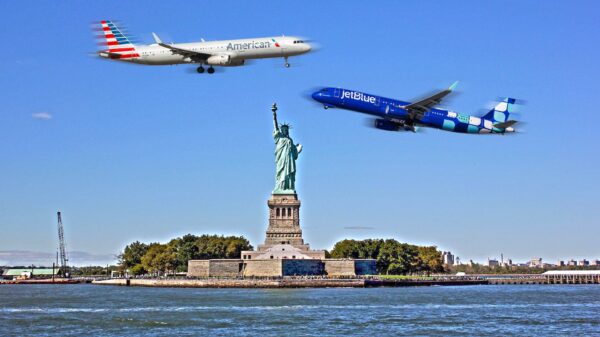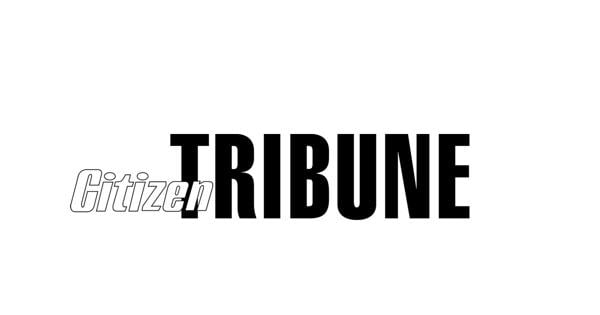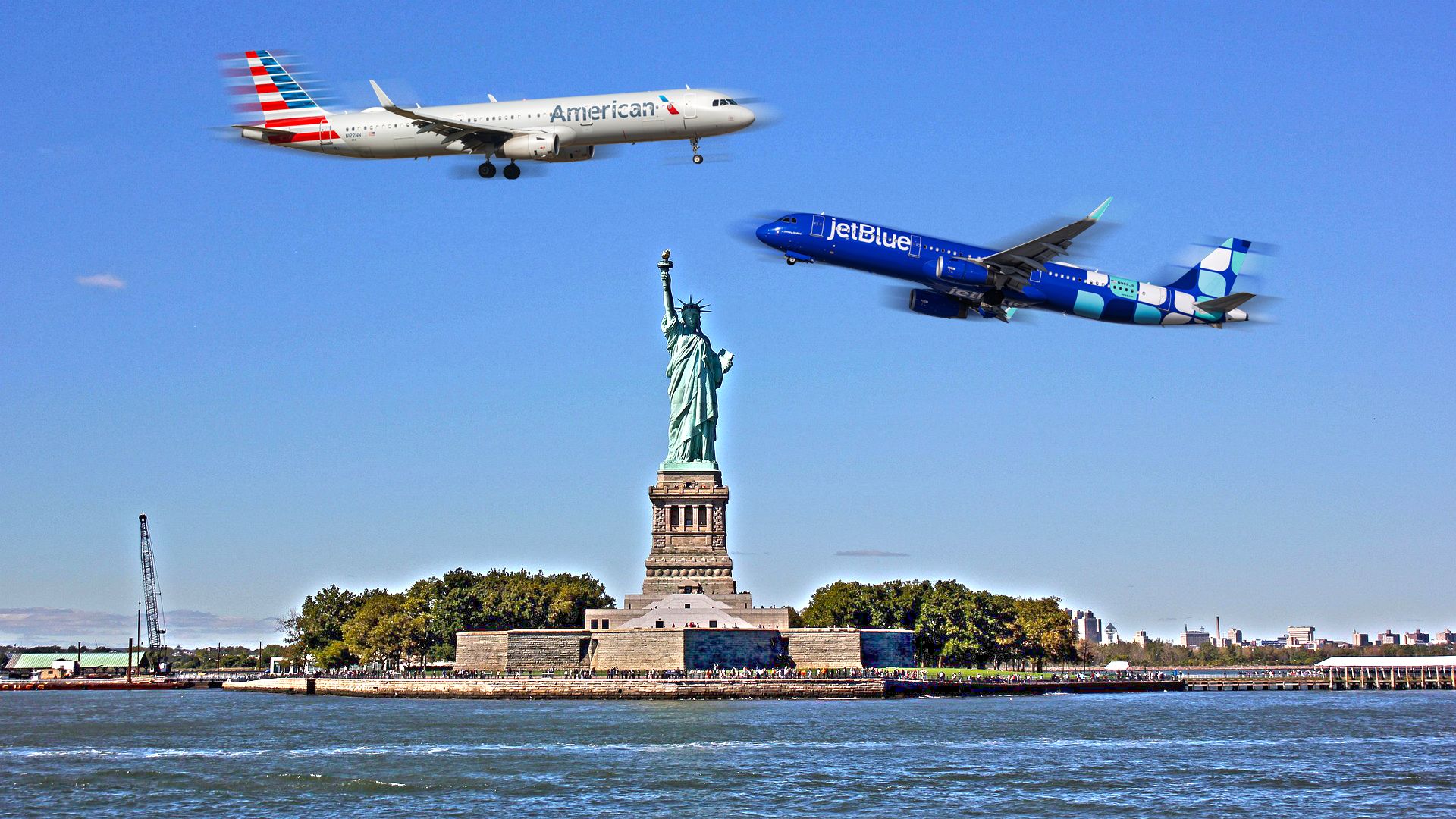As the aviation sector rebounds from the lingering effects of the COVID-19 pandemic, a surge in air travel demand has emerged across the United States. In 2025, transcontinental flights are witnessing a significant revival, with airlines racing to expand their capacity. According to data from Cirium, two airlines dominate the transcontinental air market: Alaska Airlines leads in total scheduled flights, while United Airlines boasts the highest seat capacity available.
Alaska Airlines has emerged as the frontrunner in the number of scheduled transcontinental flights, reporting a remarkable 1,470 departures in October 2025. This figure surpasses United Airlines by roughly 30% and more than doubles that of Delta Air Lines, which ranks third with 618 flights. Despite having fewer flights, United Airlines maintains an advantage in overall seat capacity, offering 227,100 seats compared to Alaska’s 206,128 seats.
Flight Statistics Highlight Market Dynamics
The competitive landscape among leading airlines reflects a strategic focus on both frequency and capacity. The figures presented by Cirium demonstrate a clear delineation in service offerings among the major players. The breakdown of scheduled flights and seat capacities for October 2025 reveals the following:
– **Alaska Airlines**: 1,470 flights, 206,128 seats
– **United Airlines**: 1,084 flights, 227,100 seats
– **Delta Air Lines**: 618 flights, 122,866 seats
– **American Airlines**: 547 flights, 114,354 seats
– **JetBlue Airways**: 434 flights, 71,948 seats
– **Frontier Airlines**: 112 flights, 36,544 seats
– **Spirit Airlines**: 90 flights, 21,742 seats
Alaska Airlines has significantly outpaced its competitors in terms of frequency, offering more than double the number of flights compared to Delta. This achievement is attributed to Alaska’s streamlined operation, which predominantly features the Boeing 737 Next Generation and 737 MAX aircraft, along with a limited number of Embraer ERJ-175s for shorter routes.
Key Airports and Routes Fuel Growth
The analysis of transcontinental flights centers on a selection of major airports, evenly divided between the West and East Coasts. The airports analyzed include Los Angeles International Airport (LAX), New York-JFK, San Francisco International Airport (SFO), and others. These hubs serve as crucial points for transcontinental travel, reflecting the high volume of operations between the two coasts.
Alaska Airlines has successfully integrated routes from its acquisition of Hawaiian Airlines, expanding its network and capacity. Its busiest routes include flights from Seattle to New York-JFK, Newark, and Boston. In addition, connections from Seattle to other West Coast destinations like San Francisco and Los Angeles remain highly popular.
For United Airlines, its notable routes include services from San Francisco to Newark and Los Angeles to Newark. These two routes alone account for a substantial portion of United’s transcontinental traffic, underscoring its strategic positioning within the market.
Delta Air Lines, while not holding the largest fleet, operates from its mega-hub at Atlanta Hartsfield-Jackson International Airport (ATL). Its top transcontinental routes include LAX to JFK and SFO to JFK, both of which contribute to its strong performance.
Emerging Trends and Future Outlook
As the air travel market continues to recover, airlines are expected to adapt their strategies to meet evolving consumer demand. The competition among major carriers will likely intensify, with each vying for a larger share of the lucrative transcontinental routes.
While Alaska Airlines currently holds the lead in flight numbers, United Airlines remains a formidable competitor due to its superior seat capacity. Delta Air Lines also maintains a significant presence, bolstered by its reputation for quality service and modern fleet.
With the aviation industry still in the process of recovery, the landscape may continue to shift as airlines adjust to post-pandemic travel patterns. The dynamics of the transcontinental air market will be closely watched as more data emerges and consumer preferences evolve in the coming years.



